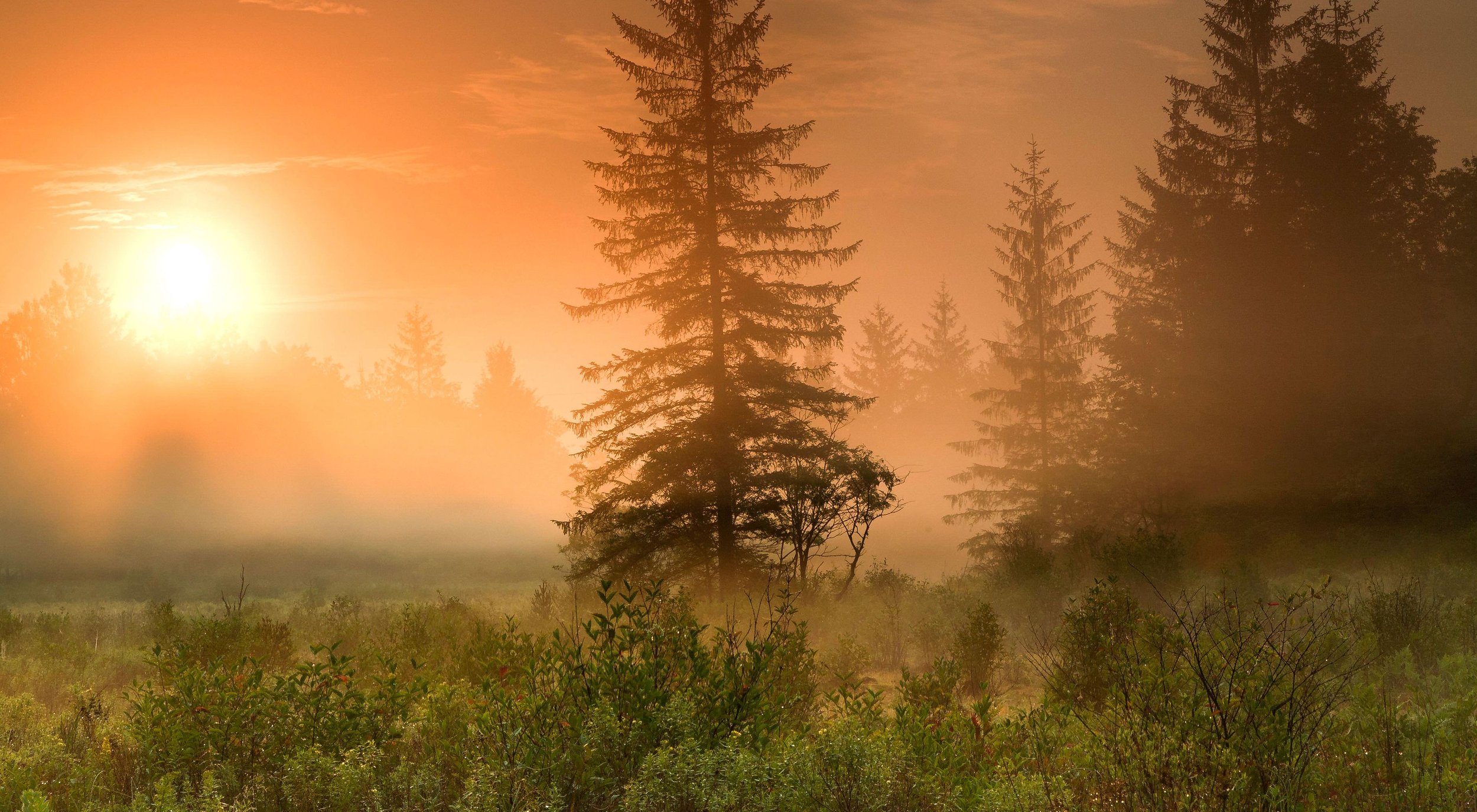Chasing Gobblers in the Mountain State
Sitting atop a ridge, I overlooked a grassy field on one side and an oak flat on the other. I watched and waited as the woods started to come alive. A few minutes later, I noticed the orange glow of the sun showing itself in the Kanawha County sky. As the songbirds began to sing and the owls to hoot, my excitement grew; today was not an ordinary day. It was the opening day of spring turkey season in the mountain state.
The morning started as many turkey hunts do: I heard gobblers sounding off in the distance and tried to decide which one was in the best location to approach before it got light. As I made my approach toward a gobbler still on the limb, the wind picked up, and almost immediately all gobbling activity stopped.
Wild turkeys are highly intelligent animals. They don't like to communicate verbally during bad weather because their ability to detect predators, such as coyotes and bobcats, is diminished. Rather than trying to entice a gobbler into range with my mouth calls, I decided to set up in a big field where I could see far, be quiet, and watch.
After not seeing much action for a few hours, I decided to get up and move. I made a few calls while walking along a ridgeline, but no turkeys wanted to talk back. After sitting, calling, walking, and more calling, it was getting into the later part of the morning. Most turkey hunters find success right off the bat; after the toms fly down early in the morning, they look to group up and find a hen (or multiple hens) to breed before the hens go to sit on their nests. Finding a receptive gobbler later in the morning can be tough, but if you can get one to talk, he's usually interested in coming to find you.
Sure enough, around 11:00 A.M, as I was making my way off the mountain and back toward my car, I stopped and made a series of yelps, adding some excited clucks and cuts. Before I finished my calling sequence, a group of toms thundered back through the hardwoods with loud gobbles. I quickly ran up the hill behind me and found a spot to hide. I waited a minute and made a few soft yelps. BAM! The gobblers hammered back at me, and they were clearly closing the distance. Soon, I could see three large turkeys coming through the brush at about 50 yards, just out of the range at which I prefer to shoot turkeys with a shotgun.
Before I knew it, the turkeys had disappeared, almost as though they had vanished into thin air. Little did I know, they were sneaking even closer to me, using the hillside in front of me as cover. I gave two soft clucks, and the gobblers let out a gobble that shook the woods just as I saw their heads pop up at about 30 yards. They walked a few more steps, looking for the "hen" who had been sweet-talking them, and I aimed my 12-gauge shotgun at the lead turkey and took the shot.
Just like that, I had bagged a big, beautiful West Virginia wild turkey.
A perfect shot led to an ethical, quick, and humane kill, and I was elated. I took time to thank the turkey for his life and God for his blessing, took some photos, called some buddies to share the good news, and then headed down the mountain. On my back, I carried a trophy, fresh wild turkey meat for my family, and memories that would last a lifetime.



